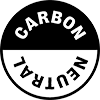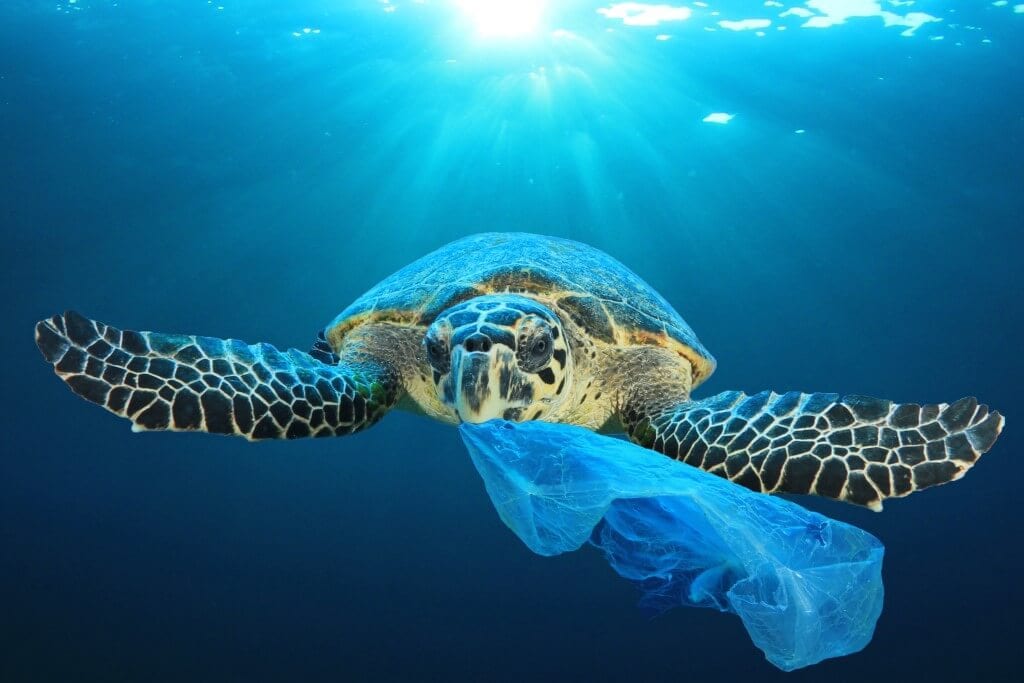5 Alternatives to Plastic Packaging for Food
With plastic packaging falling out of favour, what alternatives to plastic packaging are best for food?
As business owners, you will appreciate the growing importance of minimising our impact on the environment. Recently, single-use plastic has come under fire, and since Sir David Attenborough’s Green Planet documentary, the public at large cares about packaging and sustainability more so than ever before. Many businesses are experimenting with new ways of packaging their products in an attempt to reduce their carbon footprints.
So when it comes to alternatives to plastic packaging for food specifically, what options are there to explore? Which are the most promising, the most cost-efficient and the most durable? While the environmental consequences of our packaging are, of course, important, we still need to be practical about the way our food is packaged and delivered to keep costs down and our customers happy.
Here, we explore five alternatives to plastic packaging for food and their benefits.
1. Bioplastics
If you love the durability of plastic packaging, you might want to explore bioplastics (also known as PHAs) — a biodegradable material that comes from renewable sources. Bioplastics obtain natural polymers from agricultural, cellulose or potato and cornstarch waste. Bioplastics are incredibly resistant and versatile, degradable and are hugely effective in reducing our carbon footprints. Unlike traditional plastic, they do not consume nonrenewable resources, nor do they result in waste that contaminates our environment. What’s more, bioplastics don’t contain harmful additives such as phthalates or bisphenol A. Bioplastics help to protect food without changing the smell or taste of the contents, and as such, they are becoming very popular in cities throughout Europe.
Related: Do customers care about your product’s packaging?
2. Glass
Interestingly, unlike bioplastics, glass is not biodegradable. Having said that, glass is easily upcycled and infinitely recyclable. Glass is also inexpensive for manufacturers and inert, making it ideal for food packaging. Lots of food already comes packaged in glass containers — nut butters and jam, for example. Glass is durable and will ease customer guilt — in fact, 57% of customers in the UK prefer glass packaging over plastic.
3. Cardboard
Cardboard is popular with consumers as it is fully compostable at home — at least if it isn’t coated in plastic (which would rather defeat the point!). Cardboard boxes are more popular with companies who are eager to cut down on their plastic waste. Cardboard is versatile, cost-effective and ideal for branding. It’s simple and straightforward to customise your packaging using cardboard.
Related: Benefits of compostable packaging
4. Palm Leaves
As we move forward, we’re starting to explore different, natural substances to use for packaging. Some companies are already using palm leaves for items such as soap, but research is ongoing when it comes to food packaging. In fact, Berlin startup Arekapak is currently developing palm leaf packaging for food (such as fruit and vegetables). Palm leaves are, of course, environmentally-friendly and a natural waste product of the palm tree, making it completely degradable.
Related: Food packaging design tips
5. Bagasse
Bagasse is a packaging product you might not have considered — or even heard of before — but it’s a packaging material that could revolutionise the way we package food. Bagasse is a by-product of sugarcane processing, which means it is incredibly efficient. As it is malleable and sticky, bagasse is used as an alternative to polystyrene to insulate food, keeping it fresher for longer. Unlike polystyrene, bagasse is compostable, biodegradable and much more sustainable for eco-conscious businesses.
Packaging Supplies is the UK’s premier custom boxes and packaging supplies company. Get in touch today to see how we can revolutionise your company’s packaging.



